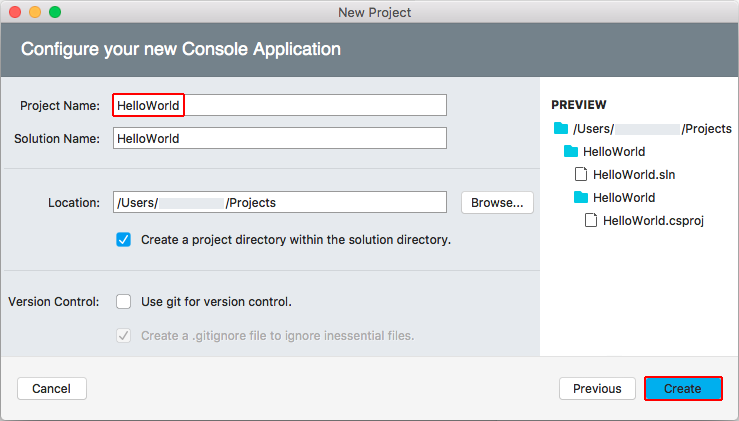

- COMMAND FOR CONSOLE TOOL MAC HOW TO
- COMMAND FOR CONSOLE TOOL MAC CODE
- COMMAND FOR CONSOLE TOOL MAC DOWNLOAD
- COMMAND FOR CONSOLE TOOL MAC MAC
To ensure you have everything you need to follow this tutorial, download Visual Studio for Mac. Today, we will be using Visual Studio for Mac, but you can follow similar steps if you are using a different IDE or editor. Let’s get started with our first global tool.
COMMAND FOR CONSOLE TOOL MAC HOW TO
In this post we will discuss how you can create global tools when developing on macOS as well as how to prepare them to distribute using NuGet. NET Core Tools - local installation section in Announcing. You can also create local tools, those that are associated with specific projects and not available globally.
COMMAND FOR CONSOLE TOOL MAC CODE
NET Core is cross platform, your global tools will also work cross platform, assuming your code doesn’t contain any platform specific code. After developing your tool, you can distribute it on, or any other NuGet repository, to share the tool with others. For example, you can create tools to minify image assets, simplify working with source control, or perform any other task that you can automate with the command line. You can use global tools to simplify common tasks during your development workflow. NET Core is the support for global tools.
COMMAND FOR CONSOLE TOOL MAC MAC
Remember that some key combinations are disabled when your Mac is using a firmware password.One of the really cool aspects about.

Or use your built-in keyboard or a wired keyboard. If you're using a wireless keyboard, plug it into your Mac, if possible.Some keyboards have a light that flashes briefly at startup, indicating that the keyboard is recognized and ready for use. Wait a few seconds before pressing the keys, to give your Mac more time to recognize the keyboard as it starts up.Then press and hold the keys as your Mac starts up. Then press the power button to turn on your Mac. Press and hold all keys in the combination together, not one at a time.If a key combination doesn't work at startup, one of these solutions might help: Eject (⏏) or F12 or mouse button or trackpad button: Eject removable media, such as an optical disc. Disabled when using a firmware password.Command-V: Start up in verbose mode. Disabled when using a firmware password.T: Start up in target disk mode. Disabled when using a firmware password.Disabled in macOS Mojave or later, or when using a firmware password. Command-S: Start up in single-user mode.To use the default boot image on the server, hold down Option-N instead. Disabled when using a firmware password. N: Start up from a NetBoot server, if your Mac supports network startup volumes.Or use Option-D to start up to this utility over the Internet. Disabled when using a firmware password. D: Start up to the Apple Diagnostics utility.If your Mac is using a firmware password, it ignores this key combination or starts up from macOS Recovery. Option-Command-P-R: Reset NVRAM or PRAM.

If your Mac is using a firmware password, you're prompted to enter the password.


 0 kommentar(er)
0 kommentar(er)
